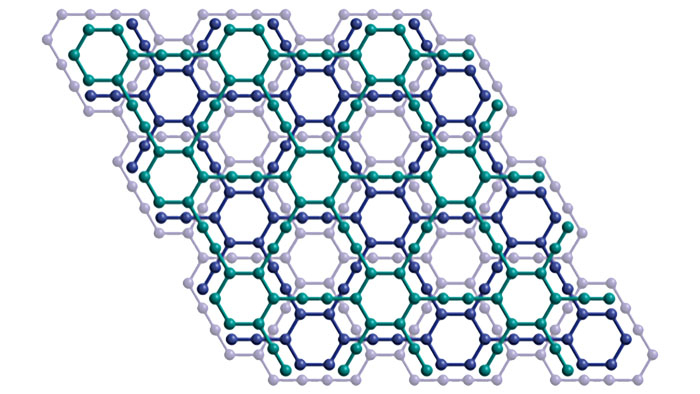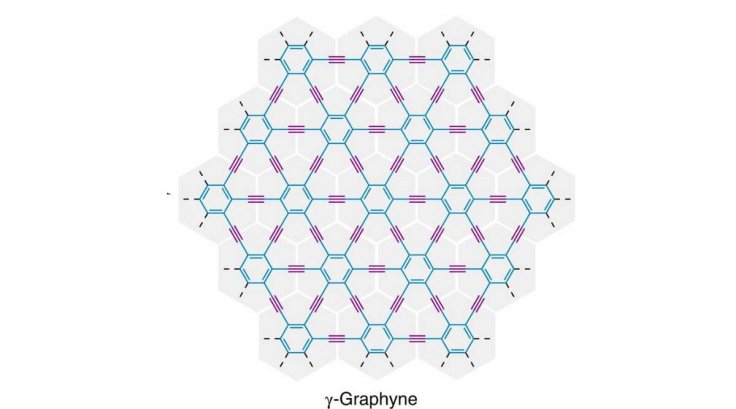A new research from University of Colorado Boulder has brought decades of work and theorizing to an end, with the successful synthesis of a new form of carbon called Graphyne. Dubbed as the 'wonder material' this new form of carbon is of high value to scientists who could only create a few fragments after years of research.
Carbon is considered an important material because of its versatility and usefulness. Scientists were therefore, continuously working towards creating either novel carbon allotropes, or forms of carbon.

While there has been creation of various allotropes like fullerene and graphene, these were carried out with the help traditional chemistry methods, which unfortunately do not allow the large scale synthesis of different types of carbon. These were the exact requirements of graphyne.
The search for non-traditional methods directed researchers to CU Boulder where professor Wei Zhang and his lab group asked to try their hands in creating the carbon material.
Creating graphyne is a "really old, long-standing question, but since the synthetic tools were limited, the interest went down," Hu, who was a PhD student in Zhang's lab group, commented. "We brought out the problem again and used a new tool to solve an old problem that is really important."
With the help of thermodynamics, kinetic control and a process called alkyne metathesis, the group was able to successfully create the 'wonder material' that could be on par with the conductivity of graphene, as reported by ScienceDaily.

Stressing on the difference between the two materials, Yiming Hu, the lead author on the paper was elated with the outcome of the research. "The whole audience, the whole field, is really excited that this long-standing problem, or this imaginary material, is finally getting realized," he said.
The team believes that this research, announced last week in the newly launched online journal, Nature Synthesis, could give rise to numerous possibilities whenever future research is conducted on electronics, optics and semiconducting materials.
With the successful creation of graphyne, Zhang and his group are further hoping to analyze the details of the study and looking to expand more so as to determine how the material can be manipulated and created on an even larger scale.
"We hope in the future we can lower the costs and simplify the reaction procedure, and then, hopefully, people can really benefit from our research," said Hu.









